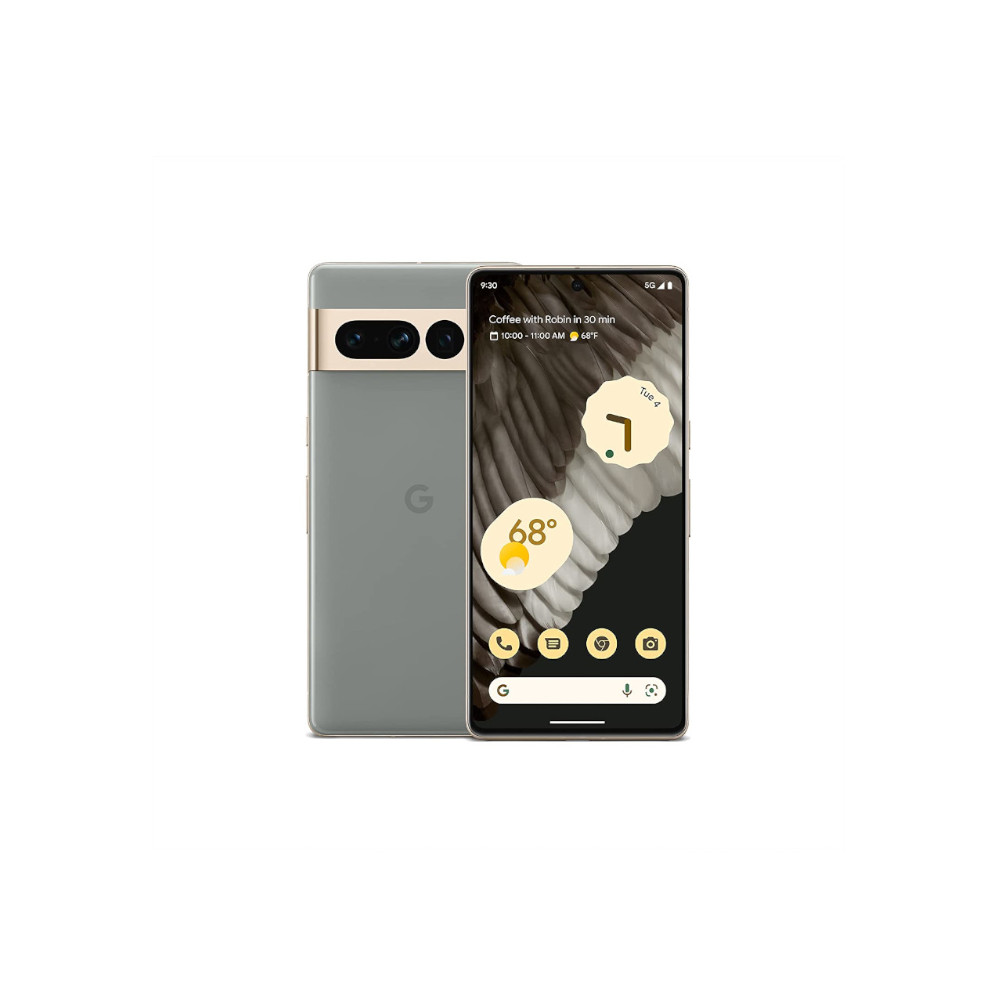Affiliate links on Android Authority may earn us a commission. Learn more.
It's now or never for the Pixel 7, and Google is rightly backing itself
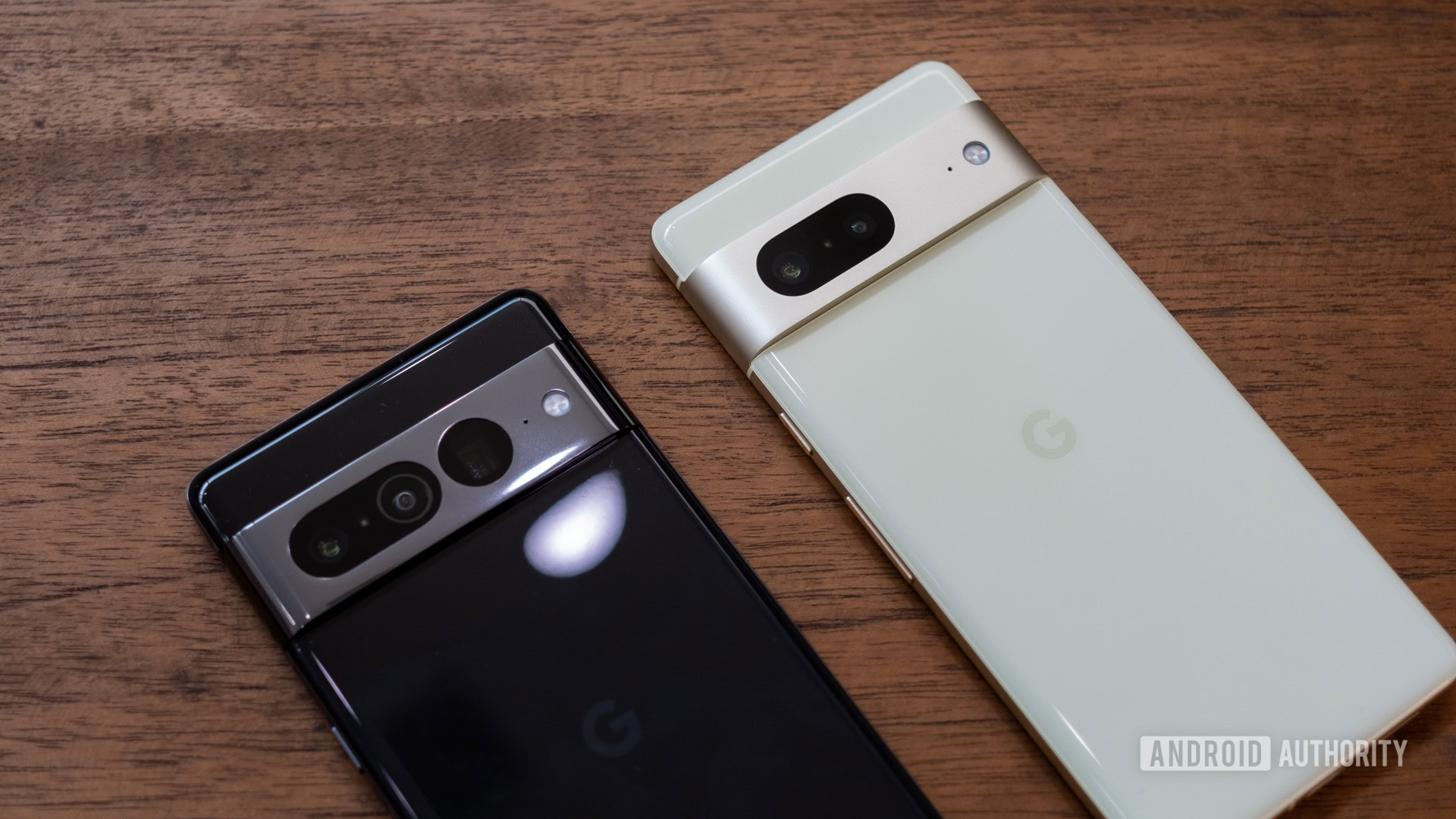
It’s taken a while for Google to hit peak momentum with the Pixel series, but the relative success of the Pixel 6 proves that Google has found its niche — value and imaging. Playing up the product’s core strengths through a renewed marketing effort worked in its favor, and the Pixel 6 series shipped just shy of four million units. Further, it proved that there was room for Google to compete.
The Pixel 7 series clearly builds on this success, and the move to go wider with reach is Google’s best shot at making the Pixel lineup a bonafide player in the smartphone race.
For years Google has played coy about making the Pixel smartphone lineup available to a broader audience. So I was pleasantly surprised to learn that Google was adding five new countries to its list where the Pixel 7 series would be available. Here’s why it matters.
Google Pixel 7 series: Hot or not?
A series of hits and misses

Google’s first Pixel phone back in 2016 was a clear flagship play. That trajectory continued through to the Pixel 3, which sported top-end specifications and cameras to match. Sold in thirteen countries, the phone also helped the series gain mainstream traction. A recent report on lifetime Pixel sales by IDC suggests that Google moved over nine million units of the phone — the highest to date.
Google's experimental years with the Pixel-series didn't quite result in sales.
However, the very next year, Google did an about-turn and launched the Pixel 4 — a phone that couldn’t legally be sold in several parts of the world thanks to its built-in Soli radar. Meanwhile, the Pixel 5 was yet another experimental phone, and this time around, Google decided to go mid-range. Not just that, Google dramatically reduced the number of markets where it sold the phone from thirteen to just nine. Predictably, that was reflected in the sales figures. The numbers plummeted to five million with the Pixel 4 and a meager 1.9 million for the mid-range Pixel 5. Google’s not-so-strategic shift clearly didn’t work.
With the launch of the Pixel 6, however, we witnessed a dramatic shift in thinking at Google. Unlike previous phones, the Pixel 6 and Pixel 6 Pro duo were, for the most part, traditional flagships. Between the Tensor chipset’s machine-learning-enabled experiences, a camera that pushed boundaries, and a quality build, the Pixel 6 series could hold its own against the best Android flagships. It didn’t experiment with sci-fi radars and instead focused on delivering solid essentials. At a time when premium phones were breaching the $1,000 threshold, the Pixel 6 series gave you all the same bells and whistles for dramatically lower prices.
Building off the Pixel 6’s success
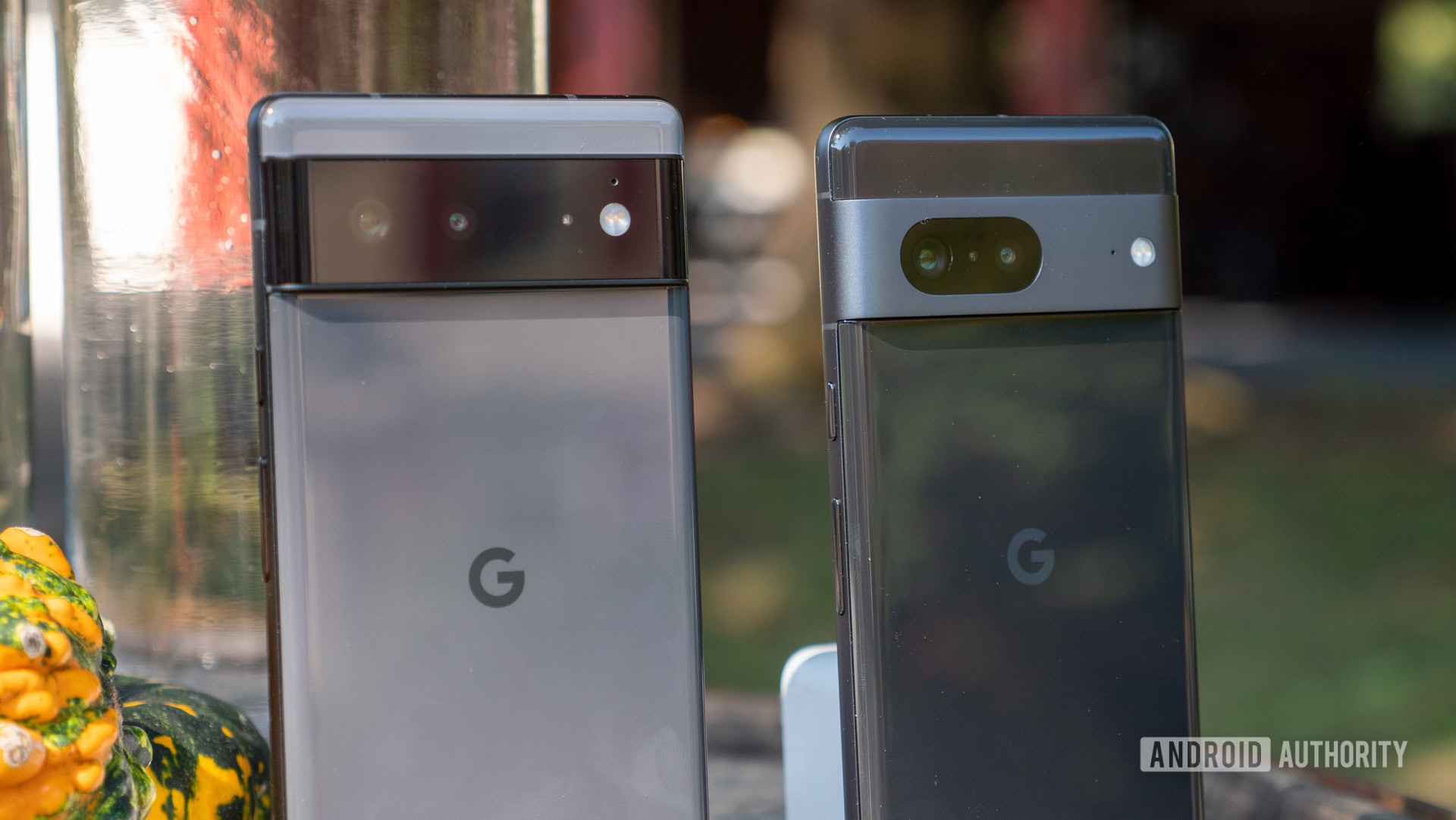
I’ve often likened Google’s go-to-market strategy for the Pixel series to a game of darts. Be it hardware configurations or just the launch markets for its phones, the early years of Pixel phones were a constant game of experimentation and throwing ideas to see what works and what doesn’t. The Pixel 6 series, instead, focused on the basics to succeed. By Google’s own admission, the phones set an all-time sales record for Pixel phones.
With the Pixel 7, Google is building on that success. Google’s sub-flagship pricing and focus on experiences that make a difference in everyday workflows are now a core part of the Pixel identity. Meanwhile, exclusives like the ability to unblur photos or Google’s call screening techniques are tangibles that easily sell the handset to a mainstream audience.
The company’s declaration at the launch of the Pixel 7 was clear — Google is the fastest-growing ODM in the world, and the company has no intentions of slowing down anytime soon. Though the company is admittedly growing from a much smaller base than its rivals.
Bringing the Pixel experience to the widest audience possible is great for Google and even better for customers.
To reflect that change in perspective, Google has added four new markets in Northern Europe and India to the list of countries where the Pixel 7 will be available. Adding up to a total of seventeen countries, this is the broadest availability yet for a Pixel phone and a sharp increase from the eight markets where the Pixel 6 series was sold.
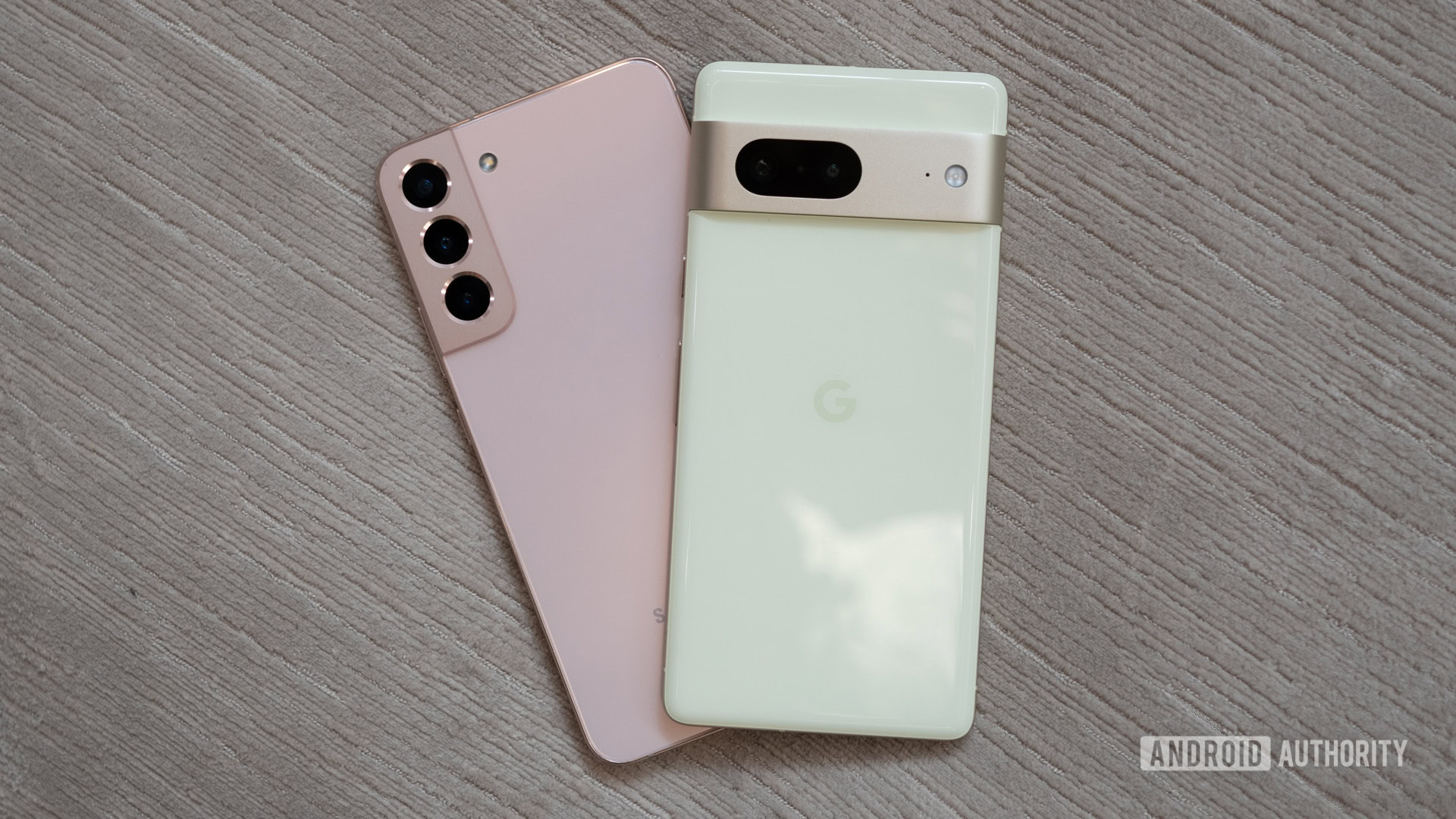
Bringing the Pixel 7 to the Nordics was a no-brainer, but the addition of India to the list is particularly interesting. While Google has previously experimented with its budget phones like the Pixel 4a and Pixel 6a in the sub-continent, this is the first flagship available in the country since the Pixel 3. The notoriously value-conscious market has been the battleground for practically every Chinese smartphone brand, and yet, Google feels confident enough to take on the likes of OnePlus, OPPO, vivo, and Xiaomi. That’s saying something.
Google isn't just expanding sales, it's investing in customer support too.
Speaking to Android Authority at the Pixel 7 launch event in India, Google reaffirmed that it had big plans for the company’s return to the country’s high-end smartphone business. However, launching a phone is just the first step. It takes more to succeed.
Speaking about its broader ambitions for India, Google confirmed that it has made provisions for 24/7 support over chat and phone calls, as well as pick-up and drop services for any support requirements. The company also plans to expand touch points for consumers to experience the device and increase its marketing activities. The flagship launch follows the introduction of the Pixel Buds Pro and Pixel 6a in India — yet another sign that Google is finally committed to building the ecosystem it needs to succeed.
Exercising due caution
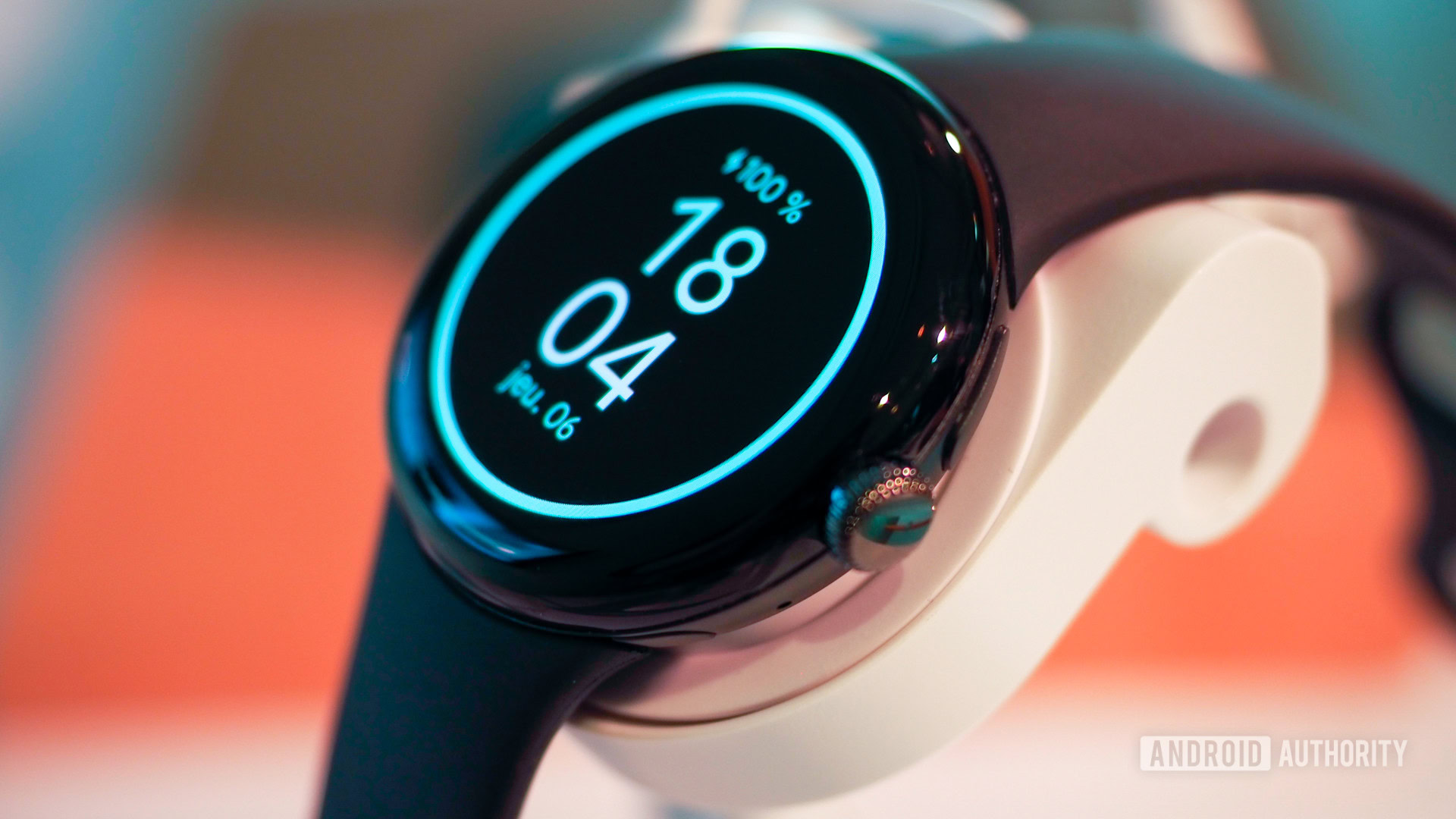
Despite the expanded availability of Google’s Pixel series, it is evident that the company is still taking a cautious approach to some of its unproven hardware. Case in point, the Pixel Watch. While the Pixel 7 will be available in seventeen countries, that list drops down to just eight for the wearable. In my books, that’s a smart move.
Restricting the Pixel Watch to markets with an established audience for Fitbit and Pixel phones is the right move.
With its premium price tag, the Pixel Watch goes neck to neck with the Apple Watch and Samsung’s wearables. The four-year-old hardware and a general lack of momentum for Wear OS smartwatches mean that Google needs to count on its Fitbit integration and a few new apps to upsell the smartwatch.
It makes perfect sense for Google to focus on markets where the brand has the maximum chances of success. The fact that Google’s plans for the Pixel Watch revolve around countries that already have a strong Fitbit user base, as well as an established market for Pixel phones, is no coincidence.
It’s a great time to be a Pixel fan
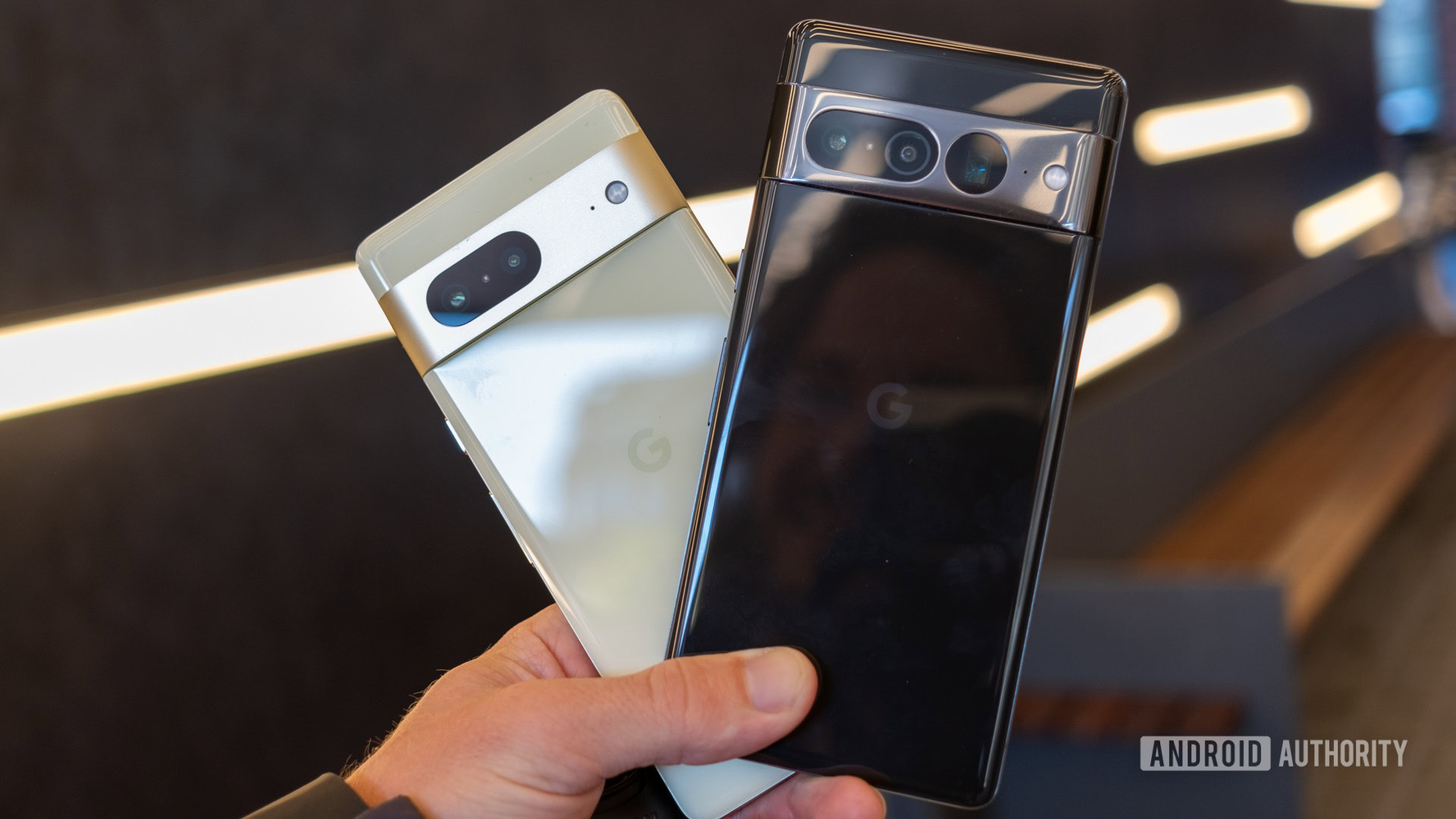
Looking at the broader picture, the last two years have been very interesting for Google’s hardware division. By all appearances, Google has finally figured out its target demographic. While the Pixel phones can’t compete on specs with the highest-performing flagships or innovative foldables, they don’t need to. All the Pixel series needs to do is keep up its focused approach and increase the number of markets where the product is sold.
Adding India, Norway, Denmark, Sweden, and the Netherlands to the existing list of countries is a good start, but Google needs to go further. Now in its seventh generation, pan-Europe availability should be a given. Moreover, Google needs to expand its footprint in South East Asia. However, all signs point to a Google that is more confident in its product. In fact, Google is already optimistic that the Pixel 7 will be its biggest launch yet.
Will that come true? It remains to be seen. However, the sold-out pre-orders in multiple markets like India suggest that Google might have a breakout moment on its hands, and it’s a win-win situation both for the Pixel series and customers.

